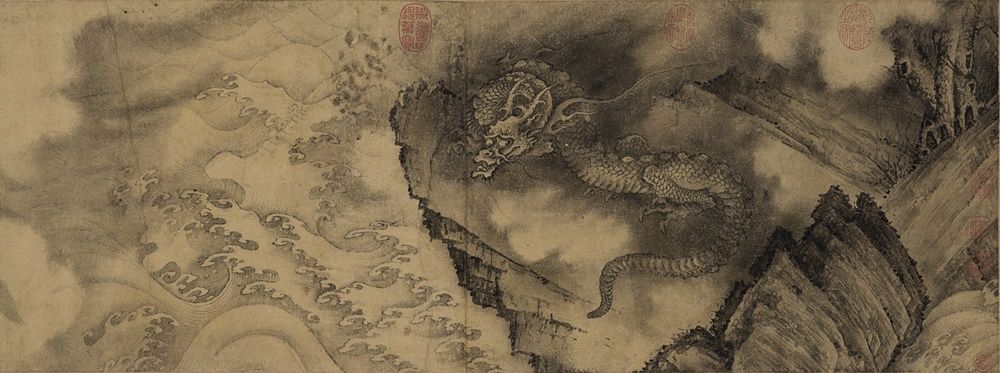
Pablo Picasso. Femme assise, robe bleue. Oil on canvas. Painted on 25 October 1939. Estimate: $35,000,000-50,000,000.
Christie’s to offer Picasso’s portrait of Dora Maar On May 15 2017, Christie’s will offer ‘Femme assise, robe bleue’ by Pablo Picasso as a highlight of its New York Impressionist and Modern Art Evening Sale (Estimate: $35,000,000-50,000,000).]]>
March 31, 2017, source: Christie’s
Painted on 25 October 1939, Femme assise, robe bleue is a searing portrait of Picasso’s lover, Dora Maar. Painted on the artist’s birthday just after the beginning of the World War II, the work is filled with the unique character, distortions and tension that mark Picasso’s greatest portraits of Dora; at the same time, there is a tender sensuality present in the organic, curvaceous forms of the face which provides some insight into their relationship. This picture was formerly owned by G. David Thompson, to whom the great curator and art historian Alfred H. Barr, Jr. referred as, ‘one of the great collectors of the art of our time.’
Dora Maar was one of Picasso’s most important Muses. His affair with Dora came in the latter years of his relationship with Marie-Thérèse Walter. Marie-Thérèse had been young, blond and athletic, with a sunny disposition and a sweet character; Picasso’s time with her had resulted in flowing, sensual images. Dora was a marked contrast, as is demonstrated by Femme assise, robe bleue: a complex, troubled character, intellectual and creative, a photographer and an artist in her own right. She was a sparring partner for Picasso, a challenging voice, having already been an established figure in Surreal circles by the time the pair were introduced.
Picasso often presented Dora with her signature hats that she often sported, a quality that distinguishes her among Picasso’s muses at first glance. Certainly in Femme assise, robe bleue the hat is present and correct, a striped purple confection with what appears to be a green feather or foliage of some sort. These hats often add a playful air to Picasso’s paintings of Dora. They also serve as a counterbalance to the severity with which he presented her features, as is the case in the shifting, vulnerable flesh of Femme assise, robe bleue. Some critics have linked the pictures of Dora specifically to tension caused by the Spanish Civil War and the Second World War. However, it appears that Picasso, whose paintings often functioned as a barometer for his own state of mind, had found a Muse who was perfectly suited to his tense depictions of that period. It was both Dora’s personality and a wider sense of unease at the situation in the world that Picasso managed to express in these bracing paintings.
Related content
Picasso’s ‘La Lecture’ sells for $40.7 million (February 2011)
Follow us on:


